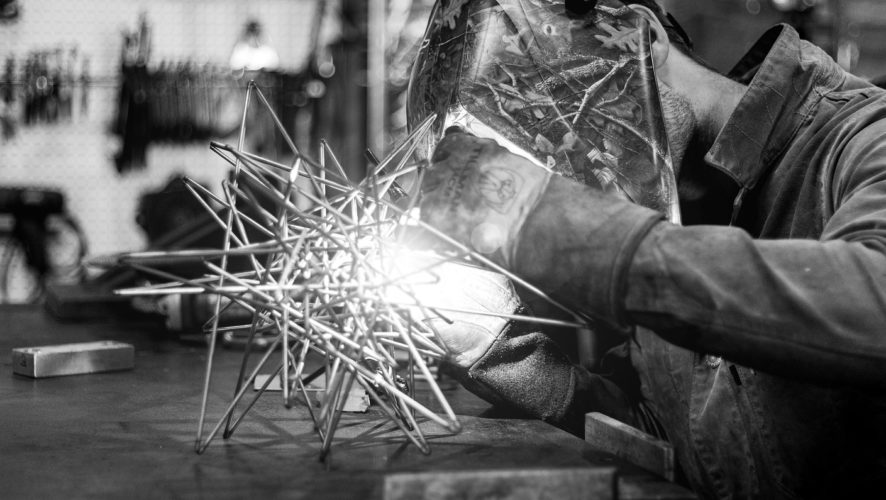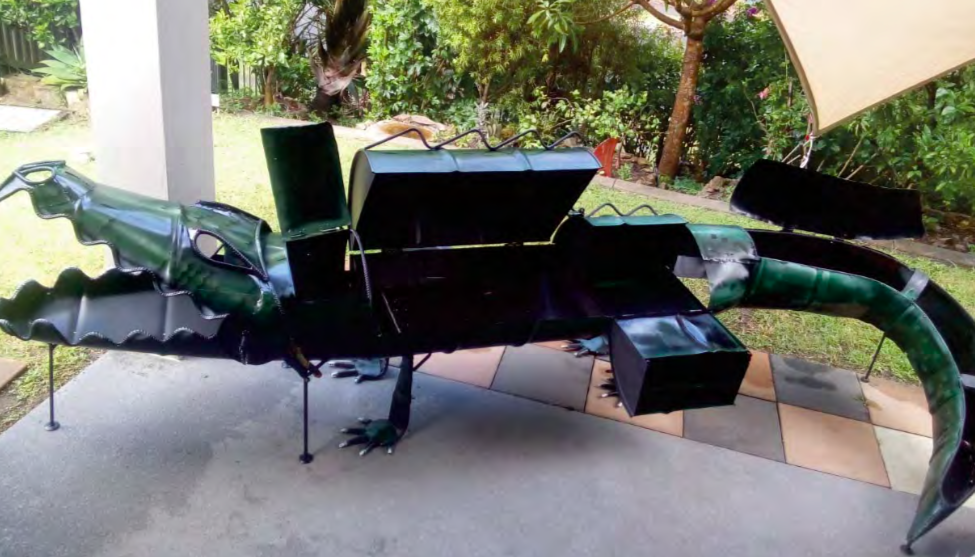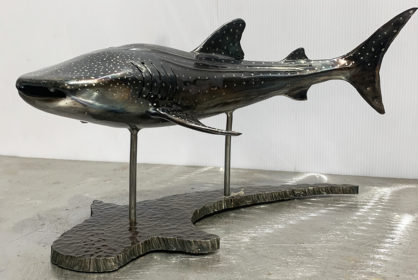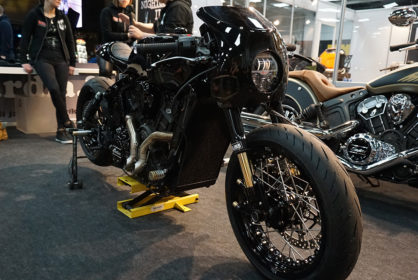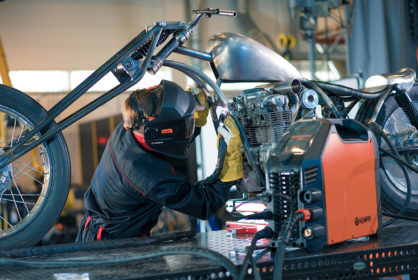Since commencing in 2020, the annual Kemppi Australia Art of Welding Competition has gone from strength to strength. The competition receives numerous entries from both professional and amateur artists hoping to be selected as a winner.
Open to anyone over the age of 18 in Australia and New Zealand, the competition showcases “welding art” which can take the form of a welded sculpture, pattern design, a motif or an object. The welding process involved to create the art piece can be manual or use more advanced techniques such as robotics, lasers or friction welding.
The competition offers a pool of four prizes that consist of a combination of Kemppi welding machines, helmets and clothing. In an attempt to level the playing field between professional and amateur artists, the competition offers a dedicated amateur prize with the winner selected only from the amateur entries.
A platform to highlight creativity
While the prizes no doubt carry significant appeal, there is much more to the competition than attaining a quality welding machine or welding helmet. The competition allows participants to display their skills and craftmanship. More importantly, it allows individuals who are professionals in “welding art” as well as those who consider themselves hobbyists to showcase their creativity.
“When it comes to working artistically with metals, there are not only dedicated professionals in this space but also a large number of amateur enthusiasts. The competition provides both, and in particular, the passionate amateur with a platform to reveal and highlight their creativity,” explains Paul McVicar, Managing Director, Kemppi Australia.
According to Paul, there is considerable artistic flair among welders, welding apprentices and teachers, and hobbyists.
“Constant interaction with people lets us see what they are working on. And it’s not until you are out in the field that you realize that ordinary people, from students at TAFE to individuals in the workshop, are doing stunning things” tells Paul.
Not only are they building boats, customizing cars, or producing commercial kitchens, but they are also working on creative pieces for their personal pleasure and use. They are fabricating highly tasteful and practical items such as barbeques, lamps and even staircases. And they are also producing amazing artistic pieces that are inspired by nature, emotions, experiences and other sources.
“Our competition let them reveal their creative flair and their ability to capture the provocative, the relevant, the valuable, and so much more. We are delighted that they can use the competition as a vehicle to showcase this,” says Paul.
Paul hopes that the competition will continue to grow in popularity and appeal, and that both professional and amateur artists will continue to reveal their imaginative flair and skill by participating.











